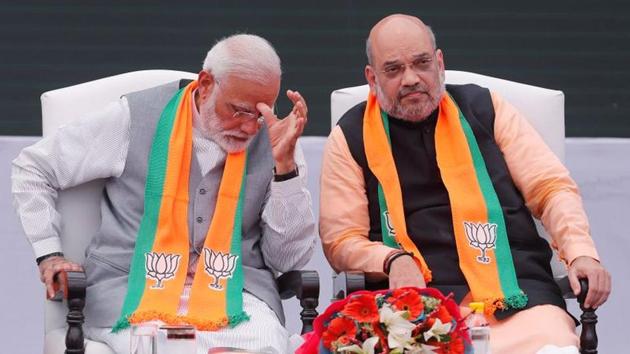The inflation figures should worry the government | Opinion
The inflation rate is higher than the RBI’s comfort level (actually it’s well in excess), but much of the increase is because of food inflation, and an increase in communication costs after most telcos decided to increase tariffs
Has inflation peaked in December? Is the slight increase in core inflation an indication of a recovery in industrial activity? Have the supply shocks that caused food inflation been addressed? These are some of the questions the Reserve Bank of India’s (RBI) Monetary Policy Committee (MPC) will have to consider before its meeting in February. After all, the data released on Monday, showing an increase in retail inflation from 5.54% in November to 7.35% in December, is the latest the committee will have when it takes a call on the policy rate.

At the policy level, the government may have to calibrate the budget with a rather inconvenient macro-economic context. And at the political level, the news couldn’t have come at a worse time for the Narendra Modi government. It is still managing the fallout of the Citizenship (Amendment) Act. It is dealing with an economy that’s growing its slowest since 2013. It has to live with the knowledge that the tinder box that is West Asia is sparking (and higher oil prices will ruin India’s fiscal maths). And now, it has to manage the political consequences of a retail inflation number that’s at its highest since July 2014. Worse still, elections in Delhi are to be held on February 8, and this is a city-state that once voted out a government because of the high price of onions.
The MPC’s deliberations will be interesting. It took a pause on cutting interest rates in December (after cutting them 135 basis points or 1.35 percentage points through 2019), but there is pressure on it to reduce rates to boost faltering growth. Here’s what it will have to consider: The inflation rate is higher than the RBI’s comfort level (actually it’s well in excess), but much of the increase is because of food inflation, and an increase in communication costs after most telcos decided to increase tariffs. It’s quite likely that the crisis will pass once the supply shocks in onion, garlic, tomato, and pulses ease. These have also caused prices of animal-feed to increase, which is reflected in higher inflation in meat and egg (although seasonality also contributed to those). Core inflation has inched up, but only just. Since monetary policy makers have to, by nature, be conservative, it’s possible they will wait to see the data for January before taking a call, which could mean a longer pause (the next meeting of the committee is in April). The government’s response will be as interesting, if not more. It will be difficult to explain a 60.5% inflation rate in vegetables, 15.44% in pulses, 8.79% in eggs, and 9.57% in meat and fish to voters who are largely concerned with headlines. And the headline inflation numbers are not good.






